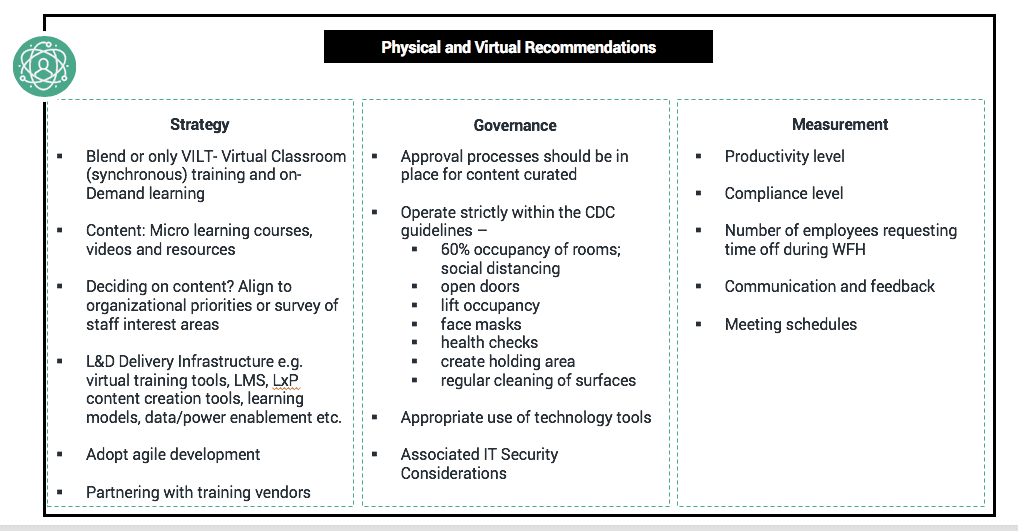One may accept that the intensity of change – and all that comes with it – has reintroduced many professionals as individuals with a new tenacity to remain relevant, no matter what. This has perhaps encouraged the thinking that it is no longer enough to “stay ahead of the curve”. Professionals must now create opportunities to take advantage of by defining the world as it defines them, or however it changes.
While the pandemic left even the most prepared, agile organisations scrambling for answers, it also brought about new meaning – that organisations need to take on new approaches to survive. The times certainly challenged everyone to see things through new lenses. So, as the conversation changes from ‘what now?’ to ‘what’s next?’, it may be safe to say that businesses have come to a quiet resolve to start designing resilient socio-technical systems and tools to enable them to thrive just as much as uncertainty arises. Along these lines, a fair expectation is that professionals, having learnt valuable lessons in adaptability, have determined to aggressively hone critical and time-sensitive skills, to show that maintaining relevance is just as important as their organisation’s need to lead and succeed, at every wake of change. Think about this: By mid-May, many organisations (some having downsized a portion of their workforce in preceding months) considered creating strategies for returning to the workplace. An assumption would be that some discussions underscored the need for fluidity in talent development in such a way that guarantees a seamless flow of knowledge and innovative ideas to enable organisational capability, capacity and agility. This reflection quickly returns at least three questions:
- What skillsets and mindsets will be needed to function, renew, and adapt right after a disruption as significant (and continuous) as the COVID-19 pandemic?
- How can we harmonise our talent pool and sources of capability to go beyond meeting future needs and be pre-emptive enough to challenge – or be the first to challenge – hard realities?
- Where do we look to for trusted access to skills and capability if the current talent is no longer able to meet new requirements of the workplace?
These questions are enough to show that there probably is no better way to operate or evolve than to develop a culture for preparing for worst-case scenarios. Talent development must take more steps to ensure that an organisation’s talent pool is not only capable of responding to more outbreaks, but can quickly capitalise on opportunities that may arise. This, in part, allows for more active participation in the scheme of how new events are shaped in a global and digitally connected world of business. One of the most viable ways to ensure that talent remains committed to actions around foresight, preparedness, and responsiveness in terms of staying ahead of the times is continuous, measurable reskilling through innovative approaches to learning and development.
This article presents simple perspectives into how leading organisations respond to change based on cultures of foresight and preparedness:
Skills forecasting:
Once the capabilities and knowledge for responding to disruptive times are determined, it is essential to define what roles, skills and aspects of work will change, where they become directly proportional to learning and development. For example, the move to a digital model of working, which is necessitated by remote-working or WFH, completely validates the requirement for skills development through digital learning. Artificial Intelligence (AI) embedded in digital learning systems enable a rethinking of talent management, as the latest data can be used to anticipate development needs months in advance.
Smart Responses:
As talents are matched to projects that stretch their skills, knowledge, and experience, it is important to allow thought leaders function as influencers that drive learning and innovation in an organisation. Learning and innovation should be approached and accelerated based on a mindset of agility, and the consciousness that disruption may occur twice faster than it is anticipated.
Redeployment:
It is essential to manage and change as times change, rather than be managed by events. This encourages the fluidity of knowledge and insights across an organisation. Once quick access to critical skills is guaranteed, it is important to consider how they fit within the scope of business operations in a disruption-ready manner.
Further insights and recommendations to remaining resilient (through learning and development) are dimensioned in three buckets, namely: a strategy to implement, governance to introduce and measurements as illustrated below:
Phillips Consulting has not only responded smartly to changing times, but has helped many organisations make the needed transition to VILT (Virtual Instructor-Led Training) and digital learning as a means to evolve and adapt to the new normal. Let us help you to get started.
Written by:
 |
 |
| Bereola Martins
Assistant Consultant |
Victoria Debrah
Business Consultant |

